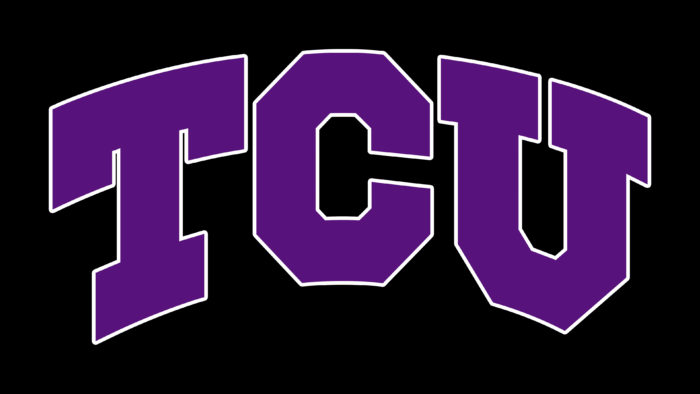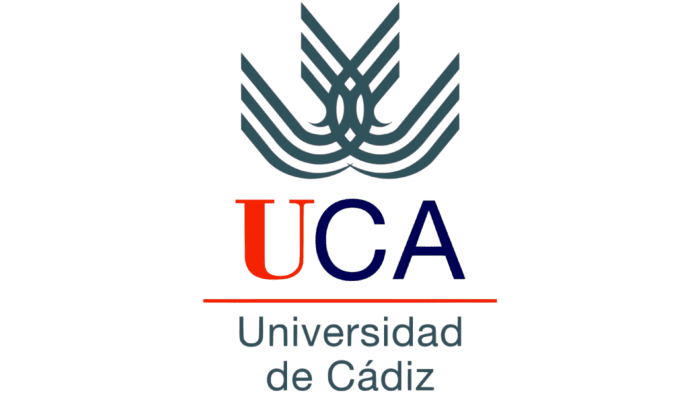Faith and spiritual values occupy an important place at the university. The TCU logo pays tribute to the knowledge of the universe’s structure and the laws by which it works. The emblem insists that true science is impossible without the recognition of the existence of the Creator.
TCU (Texas Christian University): Brand overview
| Founded: | 1873 |
| Headquarters: | Fort Worth, Texas, United States |
| Website: | tcu.edu |
Meaning and History
The brothers were helped by their father, Joseph A. Clark, to create the university. His sons were representatives of the Restoration Movement, which became the base of the modern Disciples of Christ organization. They were preachers, teachers, scholars, movement leaders, and education advocates. They first established a preparatory school for children, better known as the Male & Female Seminary of Fort Worth. She was based in Fort Worth and worked for only a few years, from 1869 to 1874.
The brothers found a new territory to construct the university in Thorp Spring. There, they founded Add-Ran Male & Female College. This happened in 1873. Subsequently, a higher educational institution became the embodiment of their dream – Christian in character but non-sectarian in spirit and intellectually open. In 1889, it was given the status of a university and another name – Add-Ran Christian University. However, there were not enough students, so the educational institution underwent another large-scale move – this time to places with a high population density and traffic flow, in Waco.
In 1902, the university was renamed Texas Christian University and immediately received TCU’s abbreviation. It also has the Horned Frog mascot and its signature colors of purple and white. However, after many years of wandering, the institution of higher education returned to its ancestral lands—Fort Worth. This happened after a mysterious but devastating fire. The fire forced the university’s leadership to change the location and rebuild all the buildings with donations from benefactors.
In contrast to the multi-structured printing, the academic symbolism of the university is monosyllabic. It is dominated by text that has received the status of a graphic element. The abbreviation, which has come into use since the renaming of the university, is taken as a basis. This “TCU” is short for Texas Christian University. The inscription is massive, bold, and typed in uppercase characters. It is located not horizontally but arched and looks like an arch. Geometrically precise letters are decorated with rectangular serifs. The inside and outside corners “C” and “U” are cut off, forming polygons. But “T” has nothing of the kind on either side. It is smooth and smooth. The base logo color is deep purple.
The Seal
The seal’s basis is a seven-pointed shield with a complex configuration resembling a saddle. In its upper half, a reptile with a spiny body is depicted—the so-called horned toad-like lizard. At the bottom is the Christian star, which is believed to have announced the birth of Jesus Christ. Beams radiate from it—eight strokes of different lengths on each side.
This symbol is perceived as a beacon pointing the way to knowledge. The year of establishing the university – “1873” is also marked there. It is divided by an arrow into two halves. The shield is surrounded by the inscriptions “EST,” “Disciplina,” and “Facultas.” The central elements are drawn in a ring with a thin purple line. A wide field follows it with a detailed name of the university and a designation of its location. These labels are in bold serif type. There is a wide border around the edge of the round stamp.
Font and Colors
The sports logo has evolved from a complex graphic element into a simple text detail that adorns form and paraphernalia. The university-wide sign looks very similar. The oldest is the academic press, which reflects the university’s key principles and history.
The university uses massive fonts for identity—bold, large, and serif. One of them is arched. The base colors of this institution of higher education are magenta (a shade of purple) and white.






